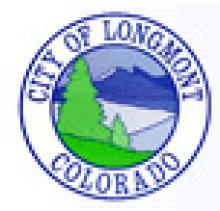Stop the Cap's History of Electrification
Stop the Cap has an interesting series looking back at the history of electrification in the U.S. Part I of the three part series looks at the early years of resident electrical deployments:
Those who believed electricity would deliver social transformation to average Americans were stymied by power companies that wouldn’t deliver enough capacity to make the latest big appliances work. Blenders, mixers, toasters and other small electrical appliances could work, assuming you didn’t have too many lights turned on at the same time, but washers, refrigerators and electric ovens were out of the question. When consumers inquired about upgrading their service, they were refused by most electric companies. After all, most power company executives believed “illumination-grade” service was more than sufficient for virtually every American. In all, they consistently refused to upgrade facilities to at least four-fifths of their customers, telling them they could make do with what they had. The electrical industry defended this position for years, and even paid for studies to defend it. A willing trade press printed numerous articles claiming the vast majority of Americans would never require higher voltage service, and it was too expensive to provide anyway. A select minority of customers, typically the super-wealthy, were the exception. In fact, marketing campaigns specifically targeted the richest neighborhoods, offering “complete service,” because the industry believed it would quickly recoup that investment. That, in their minds, wasn’t true for middle class and low income households. In fact, low income neighborhoods of families making between $2,000 and $3,000 were often bypassed by electric companies completely.The parallels to broadband are enormous and the self-interested arguments of privately-owned incumbents have not changed. Neither has the fight over public ownership, as we see in Part II:
As municipal power attracted attention, some in the private power sector balked. Not only were these companies delivering good service to customers, they were often doing it at far lower prices.



